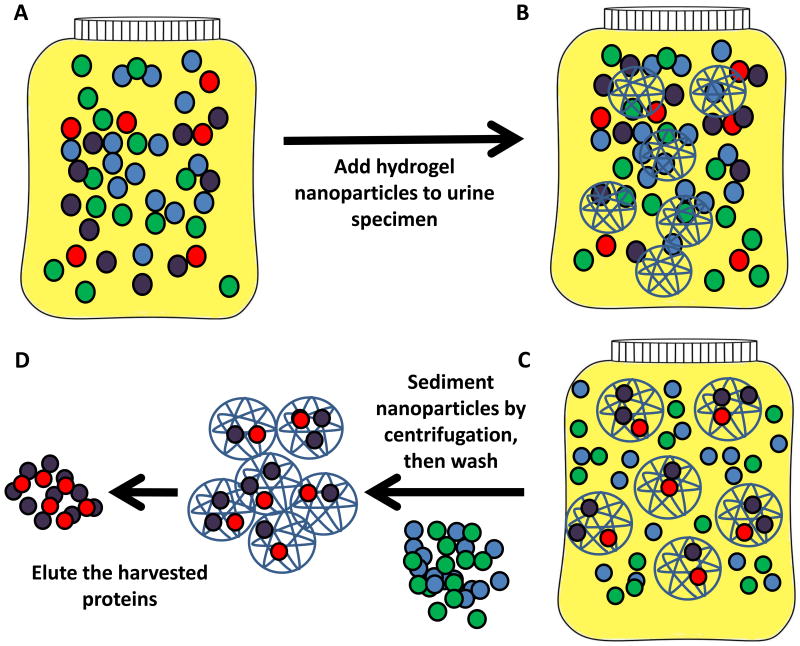Figure 3. Protein enrichment strategy using hydrogel nanoparticles.
Porous hydrogel nanoparticles contain a dye, which contains functional groups and/or metal ions, that enhance binding of specific classes of proteins. The porous hydrogel simultaneously excludes high molecular weight proteins such as albumin, while protecting the harvested proteins from endogenous enzymatic digestion [23, 57, 107]. The chemical bait can be selected to preferentially sequester classes of proteins, such as negatively charged or positively charged proteins. A. Urine containing two potential biomarkers (red and purple circles) and high abundance proteins (green and blue circles). B. Nanoparticle incubation with the urine specimen. C. Nanoparticles concentrate the low abundance proteins. D. Following centrifugation to sediment the nanoparticles, the excluded, high abundance proteins are washed off and the concentrated, low abundance proteins are eluted from the particles.

